Believe it or not, that’s a robot dolphin.
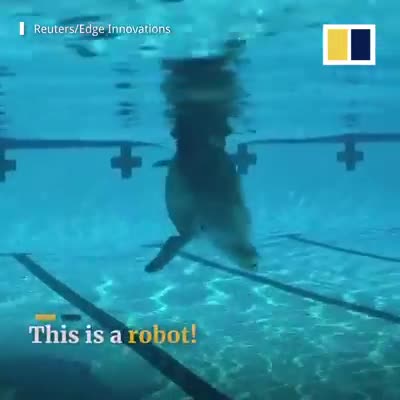

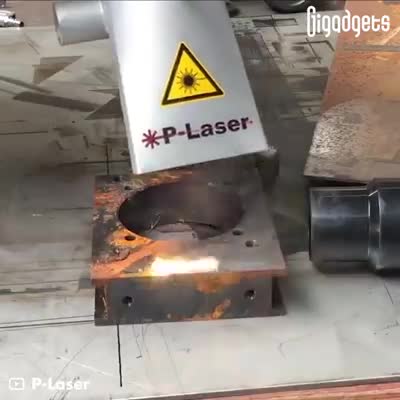
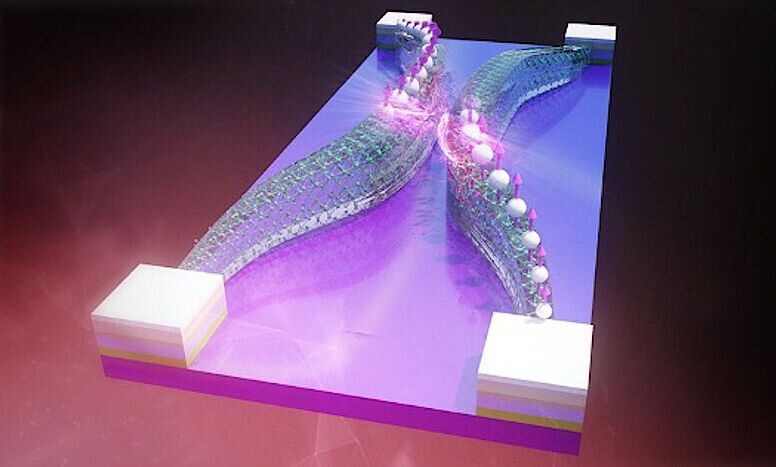
Researchers led by Technische Universität Kaiserslautern (TUK) and the University of Vienna successfully constructed a basic building block of computer circuits using magnons to convey information, in place of electrons. The ‘magnonic half-adder’ described in Nature Electronics, requires just three nanowires, and far less energy than the latest computer chips.
A team of physicists are marking a milestone in the quest for smaller and more energy-efficient computing: they developed an integrated circuit using magnetic material and magnons to transmit binary data, the 1s and 0s that form the foundation of today’s computers and smartphones.
The new circuit is extremely tiny, with a streamlined, 2-D design that requires about 10 times less energy than the most advanced computer chips available today, which use CMOS technology. While the current magnon configuration is not as fast as CMOS, the successful demonstration can now be explored further for other applications, such as quantum or neuromorphic computing.
“The SPEAR flight demonstrator will provide the F/A-18 Super Hornet and carrier strike group with significant improvements in range and survivability against advanced threat defensive systems,” Mercer, the firm’s SPEAR program manager, added.
Very-long-range, high-speed strike weapons could be very valuable for the Navy’s carrier air wings, especially as potential near-peer adversaries, such as China and Russia, continue to develop and field increasingly longer-range and otherwise more capable surface-to-air missile systems and associated radars and other sensors. Aircraft carriers and their associated strike groups and air wings are also increasingly at risk from various anti-access and area-denial capabilities, further underscoring the need for weapons with greater range and that are able to prosecute targets faster to help ensure their survival.
At present, the primary air-launched stand-off anti-ship and land-attack missiles available to them are the AGM-84D Harpoon anti-ship cruise missile, the AGM-84H/K Standoff Land Attack Missile-Expanded Response (SLAM-ER), and the AGM-158C Long Range Anti-Ship Missile (LRASM), all of which are subsonic.
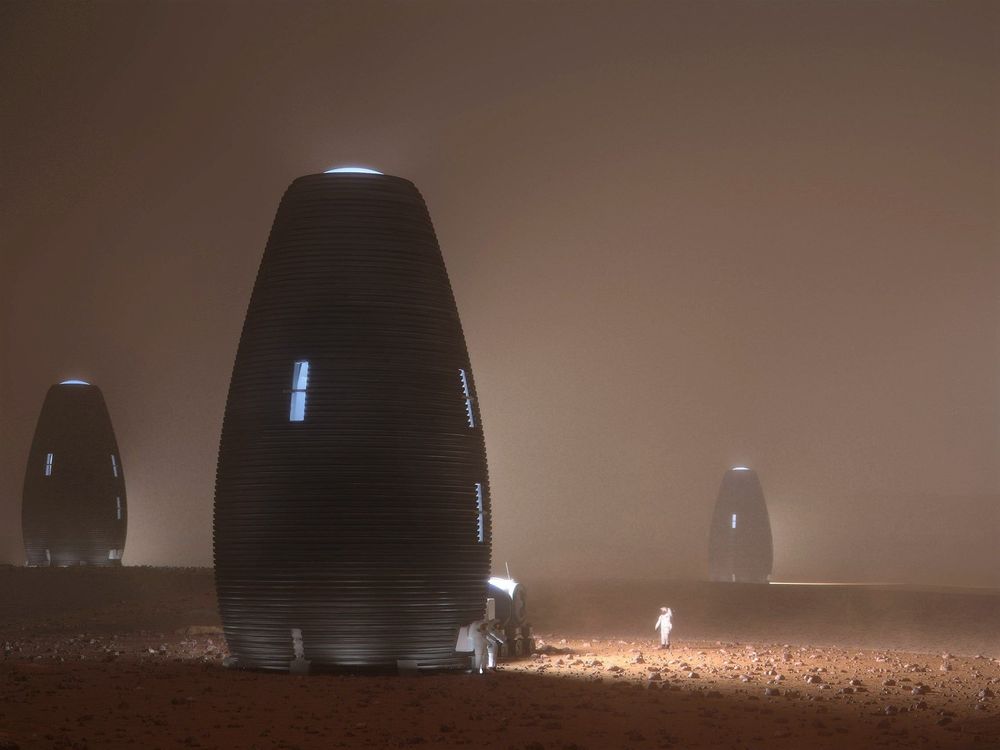


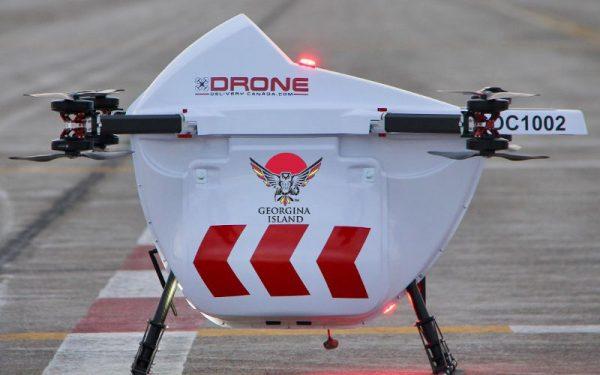
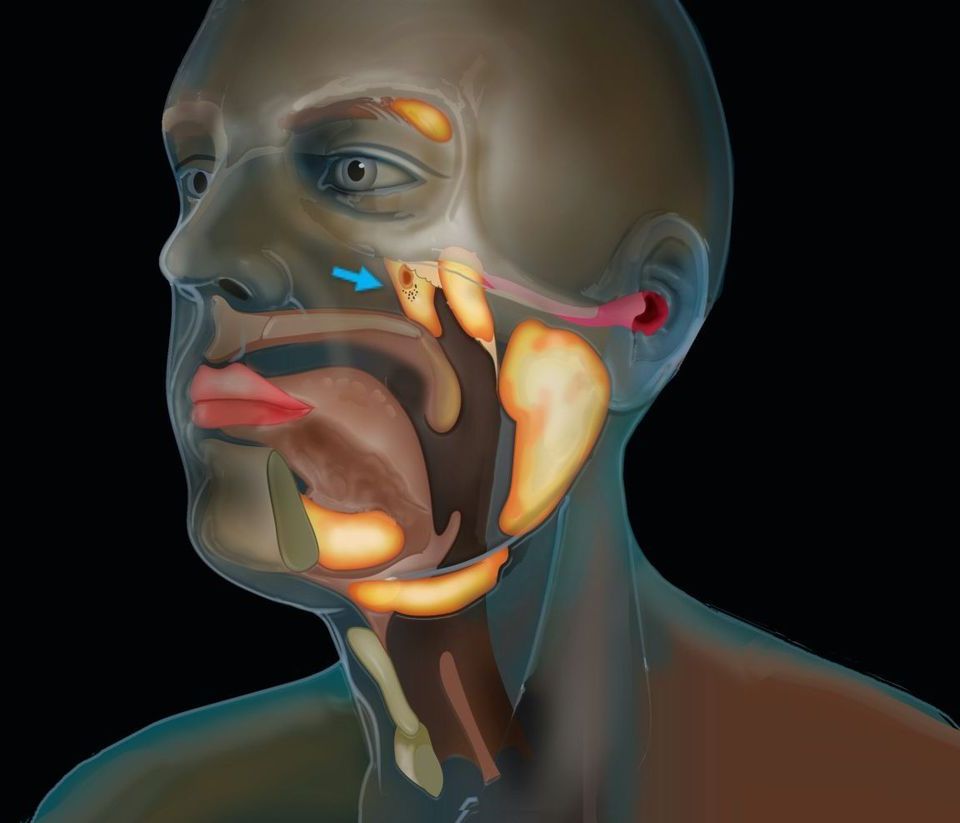
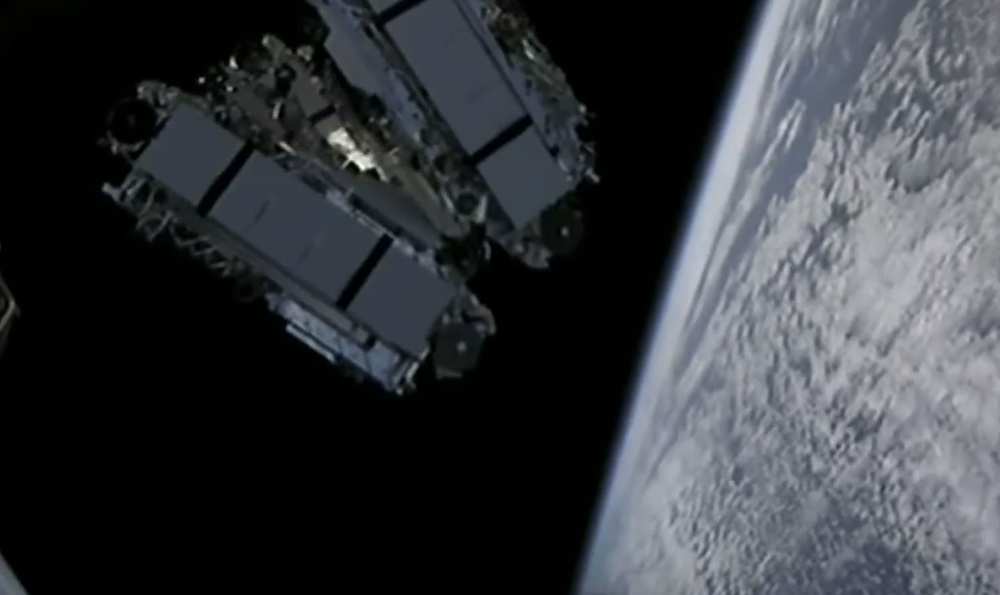
Microsoft is partnering with SpaceX to connect the tech giant’s Azure cloud computing network to the growing Starlink satellite internet service offered by Elon Musk’s company, the companies announced Tuesday.
Starlink is SpaceX’s ambitious plan to build an interconnected internet network with thousands of satellites, designed to deliver high-speed internet to anywhere on the planet.
“The collaboration that we’re announcing today will allow us to work together to deliver new offerings for both the public and the private sector to deliver connectivity through Starlink for use on Azure,” SpaceX president and COO Gwynne Shotwell said in a video. “Where it makes sense, we will work with [Microsoft]: co-selling to our mutual customers, co-selling to new enterprise and future customers.”